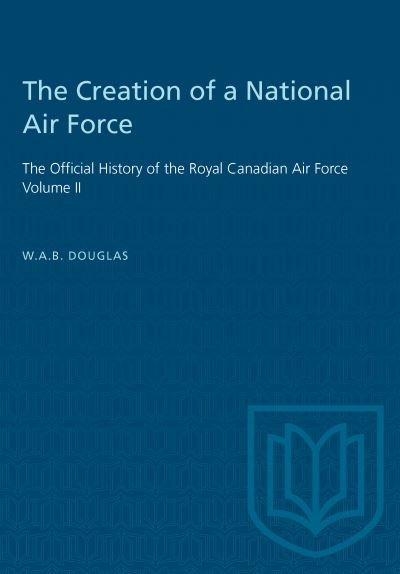
From a small militia organization the Canadian air force had grown by 1945 into one of the country's three major autonomous military services. In this second volume of the RCAF's official history, covering the years from 1918 to 1945. W.A.B. Douglas chronicles the force's rapid growth and provides a vivid portrait of the Battle of the Atlantic as it was fought from the eastern shoes of Canada. Military necessity had brought Canada into the air age. In the peaceful 1920s, civil more than military concerns governed the shape, size, and functions of the RCAF; in the following decade the rise of international tensions forced the service to concentrate on its military role. During the Second World War the RCAF grew from a few hundred airmen to a force of some eighty squadrons and nearly a quarter of a million people: RCAF squadrons, wings, and groups took their place beside other Allied air forces in many theatres of the Second World War, and in the process acquired capabilities in virtually every phase of air warfare. The roots of the RCAF's growing reputation in overseas theatres, especially in the Northwest Europe campaign, were to be found at home. Responsible for the British Commonwealth Air Training Plan in Canada, the RCAF trained large numbers of other Commonwealth and Allied airmen as well as Canadians. Charged with the air defence of Canada, it built up a big Home War Establishment which fought on the Pacific Coast and also played a significant part in the defeat of enemy attempts to destroy Allied shipping, particularly in the Battle of the Atlantic. The latter was a crucial role, sustaining Great Britain and the Allied forces in Europe. Directed from headquarters at Halifax, aircraft of Eastern Air Command ranged from the St. Lawrence River to mid-ocean, ultimately thwarting German U-boats that nearly severed the North Atlantic under British command. Douglas's account is the first to give proper credit to the RCAF for the part it played in these operations. It also incorporates new information on personalities, technology, and intelligence. This volume recreates an exciting chapter in Canada's military history.
| ISBN: | 9781487572372 |
| Publication date: | 15th December 1986 |
| Author: | William AB Douglas |
| Publisher: | University of Toronto Press |
| Format: | Paperback |
| Pagination: | 826 pages |
| Series: | Heritage |
| Genres: |
Air forces and warfare History of the Americas Military history |